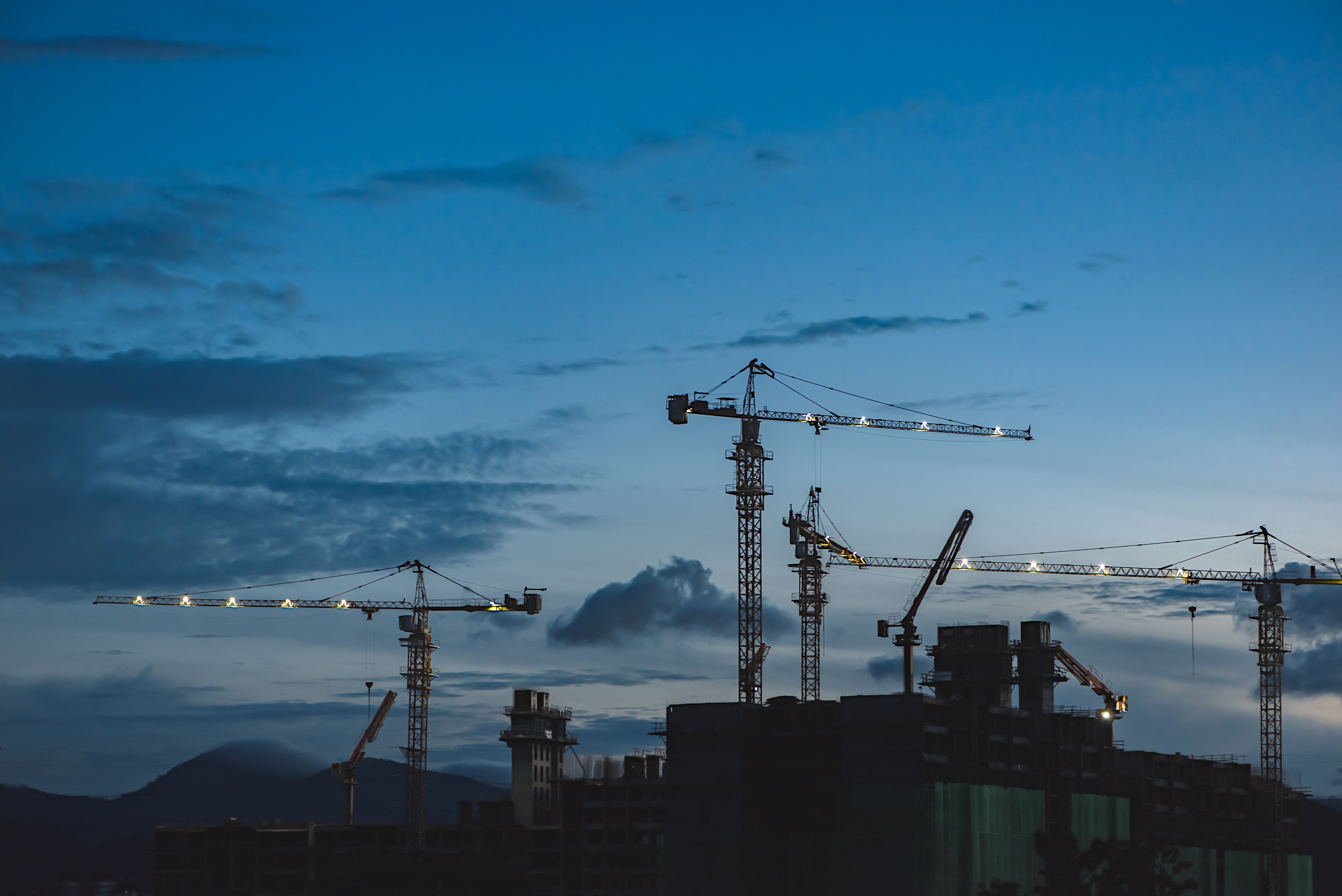Our Process
Leaders in Sustainable Construction
Using stainless steel granulated arc furnace slag as a soil stabilizer offers several benefits while promoting sustainable practices by repurposing waste materials and reducing landfill waste.


Collection of Waste
Stainless steel waste, such as scrap or offcuts, is collected from various sources, including manufacturing facilities, construction sites, or recycling centers.

Mixing With Soil
The processed stainless steel waste is mixed with the soil in the desired ratio and achieving uniform distribution of the stainless steel waste within the soil matrix.

Sustainable Construction
The stabilized soil is tested to assess its engineering properties, such as strength, permeability, and compaction characteristics.
Using stainless steel granulated arc furnace slag (GAFS) as a soil stabilizer offers several benefits. First, it enhances the stability and strength of soil, making it suitable for various construction and infrastructure projects. The stainless steel slag acts as a binding agent, improving the cohesion and load-bearing capacity of the soil. Additionally, the slag's high iron content provides corrosion resistance, which can be particularly advantageous in environments with high moisture or chemical exposure. The use of stainless steel slag as a soil stabilizer also promotes sustainable practices by repurposing waste materials and reducing landfill waste. It is a cost-effective solution as well, as the slag can be sourced from steel manufacturing processes, making it readily available and potentially more affordable than alternative soil stabilization methods.
The process of using stainless steel waste as a soil stabilizer involves several steps:
The specific process and techniques may vary depending on factors such as the type of stainless steel waste, soil composition, project requirements, and local regulations.
Benefits of Using Stainless Steel GAFS
Consulting with experts in soil stabilization and considering relevant guidelines is crucial to ensure a successful implementation of stainless steel waste as a soil stabilizer. Get in touch - we're here to help!
The process of using stainless steel waste as a soil stabilizer involves several steps:
- Collection of stainless steel waste: Stainless steel waste, such as scrap or offcuts, is collected from various sources, including manufacturing facilities, construction sites, or recycling centers.
- Segregation and preparation: The collected stainless steel waste is segregated to remove any non-stainless steel components or contaminants. The waste is then cleaned and processed to remove any coatings or impurities that may interfere with its effectiveness as a soil stabilizer.
- Grinding and sizing: The stainless steel waste is typically crushed or ground into a suitable particle size to ensure proper distribution and integration within the soil. The size may vary depending on the specific requirements and characteristics of the soil.
- Soil mixing: The processed stainless steel waste is mixed with the soil in the desired ratio. The mixing process can be performed using specialized machinery or equipment, such as soil stabilizers or mixing units. The aim is to achieve a uniform distribution of the stainless steel waste within the soil matrix.
- Compaction and curing: The soil, along with the incorporated stainless steel waste, is compacted using appropriate compaction techniques to enhance its strength and stability. After compaction, the soil is allowed to cure or settle for a specified period, which allows for proper bonding and stabilization.
- Testing and evaluation: The stabilized soil is tested to assess its engineering properties, such as strength, permeability, and compaction characteristics. These tests help determine the effectiveness of the stainless steel waste as a soil stabilizer and ensure that the stabilized soil meets the desired performance requirements.
The specific process and techniques may vary depending on factors such as the type of stainless steel waste, soil composition, project requirements, and local regulations.
Benefits of Using Stainless Steel GAFS
- Enhanced soil stability and strength
- Improved load-bearing capacity of the soil
- Corrosion resistance due to the high iron content of stainless steel slag
- Reduction of waste materials and promotion of sustainable practices
- Cost-effective solution compared to alternative soil stabilization methods
- Availability of stainless steel slag as a byproduct of steel manufacturing processes
- Versatility in various soil types and environmental conditions
- Potential reduction in construction time and costs through improved soil characteristics
Consulting with experts in soil stabilization and considering relevant guidelines is crucial to ensure a successful implementation of stainless steel waste as a soil stabilizer. Get in touch - we're here to help!
CONTACT US TODAY
Our product not only reduces waste and greenhouse gas emissions, but also improves the strength and durability of soil, cement and concrete.
Learn more about implementing our stainless steel stabilizer in your next project.
